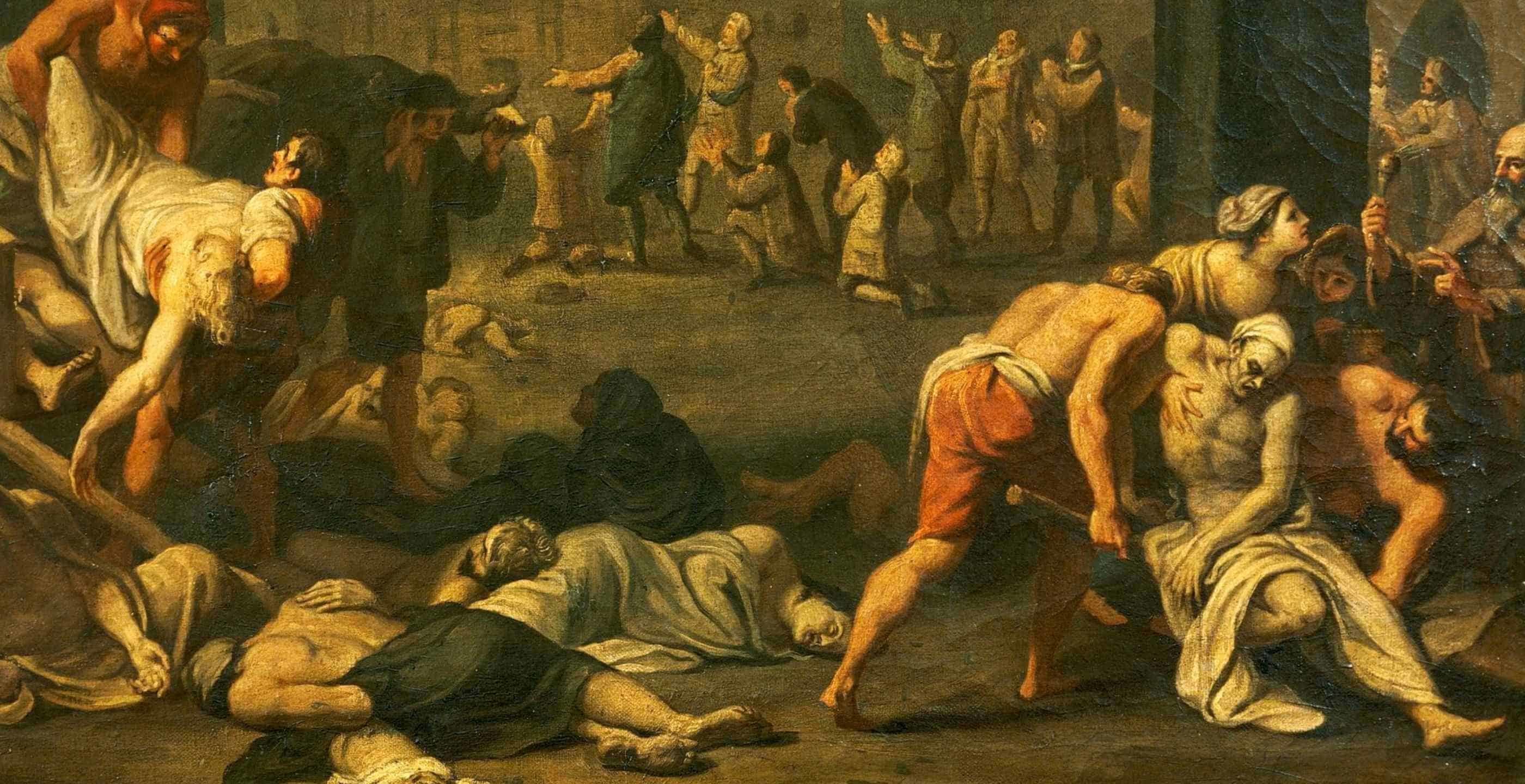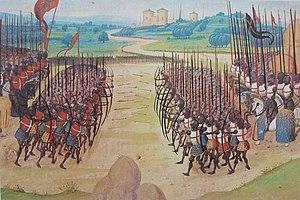BLACK DEATH
The Black Death, also known as the Great Plague, the Black Plague, or simply the Plague, was one of the most devastating pandemics in human history.
The Black Death is thought to have originated in the dry plains of Central Asia, where it travelled along the Silk Road, reaching Crimea by 1343.
The Black Death is estimated to have killed 30–60% of Europe’s total population.

HENRY V
Henry V (16 September 1386 – 31 August 1422), also called Henry of Monmouth, was King of England from 1413 until his early death in 1422. He was the second English monarch of the House of Lancaster. Despite his relatively short reign, Henry’s outstanding military successes in the Hundred Years’ War against France, most notably in his famous victory at the Battle of Agincourt in 1415, made England one of the strongest military powers in Europe.

BATTLE OF AGINCOURT
The Battle of Agincourt was one of the greatest English victories in the Hundred Years’ War. It took place on 25 October 1415 (Saint Crispin’s Day) near Azincourt in the County of Saint-Pol, in northern France. England’s unexpected victory against a numerically superior French army boosted English morale and prestige, crippled France, and started a new period in the war during which the English began enjoying great military successes.

JOAN OF ARC

Joan of Arc (1412 – 30 May 1431), nicknamed «The Maid of Orléans» is considered a heroine of France for her role during the Lancastrian phase of the Hundred Years’ War, and was canonized as a Roman Catholic saint.
In 1456, an inquisitorial court authorized by Pope Callixtus III examined the trial, debunked the charges against her, pronounced her innocent, and declared her a martyr. In the 16th century she became a symbol of the Catholic League, and in 1803 she was declared a national symbol of France by the decision of Napoleon Bonaparte.